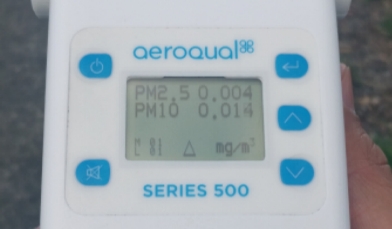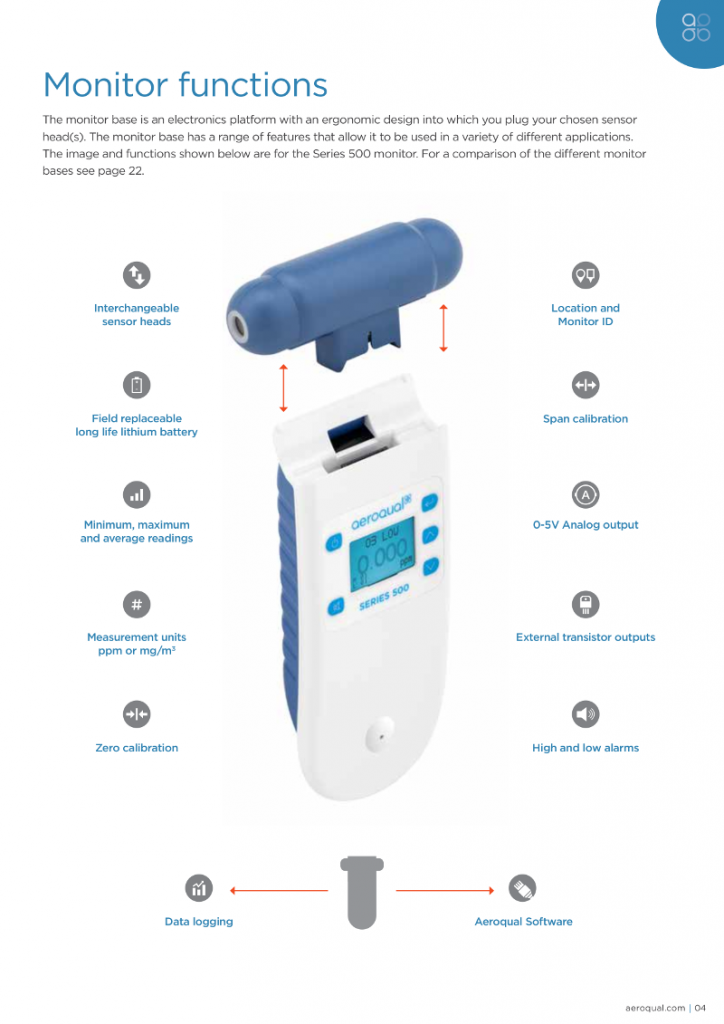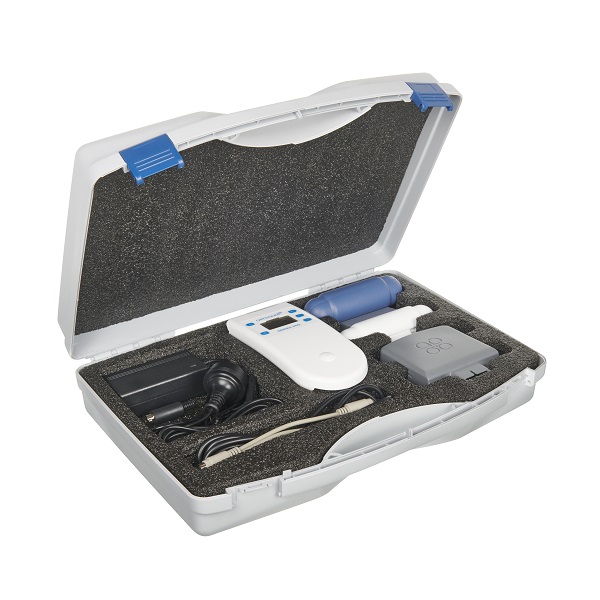PAA in Healthcare
Peracetic Acid (PAA) is commonly used as a high level disinfectant for reprocessing endoscopes in hospitals & ASCs. Major manufacturers of Automatic Endoscope Reprocessors (AERs) utilize Peracetic Acid in their disinfection chemistry, and it is sometimes used in Environmental Services to disinfect rooms. Hospitals will either wash down a room or ‘fog’ a room with PAA vapor, thus killing any bacteria, viruses, and spores on the surfaces in the room. However, PAA vapors are dangerous to people if inhaled. In this way, PAA vapor is similar to smoke: smoke can be used to preserve meat (since it is antimicrobial), but smoke can also harm a person should they breathe too much of it in. As a stronger antimicrobial agent, PAA is more toxic to people than smoke, and a room being washed down or fogged should be continuously monitored to ensure employees are not over-exposed to PAA vapors.
PAA in Daily Lives
You may be surprised to discover how much Peracetic Acid touches your life outside of healthcare. It is used in a variety of industries ranging from water treatment to cleaning fresh produce. This is because when PAA reacts, it breaks down into water, oxygen, and acetic acid, making it environmentally safe to use in sterilization, high level disinfection, and food processing. PAA’s primary use outside of healthcare is in the food industry, where it has been used since the 1950s as a disinfectant applied directly to meat, fruit, and vegetables. That may seem surprising at first, but disinfection of food is a big issue in food safety, as microbial contamination is the number one enemy of the food supply. PAA leaves virtually no toxic residue after it is applied in the correct concentrations. PAA is also used to aseptically fill bottles, disinfect plumbing, and treat wastewater, because it kills bacteria with no long-term adverse environmental impacts. Peracetic Acid will likely remain to be a popular antimicrobial in the food and sanitation industries because of its efficacy, low cost, ease of application, and lack of toxic residues.
Detecting PAA Vapors
Unlike many sterilant chemicals, PAA CAN be smelled at fairly low concentrations. However, few people can determine the concentration of PAA in the air from smell alone. As such, employees can’t assess the risk of over exposure, even though they can smell the PAA in the air. Often, people will get used to the vinegar-like smell of PAA due to olfactory fatigue. This is similar to how people do not notice the smell of their own homes, but do notice the smell of other people’s houses because it is a new environment with new smells. With olfactory fatigue, workers may eventually not be able to smell the PAA at all.
Our Peracetic Acid (PAA) Monitors can be found here.
Contact Us Here, for any of your gas sensing needs!
Source: CHEMdaq Incorporated Blog



